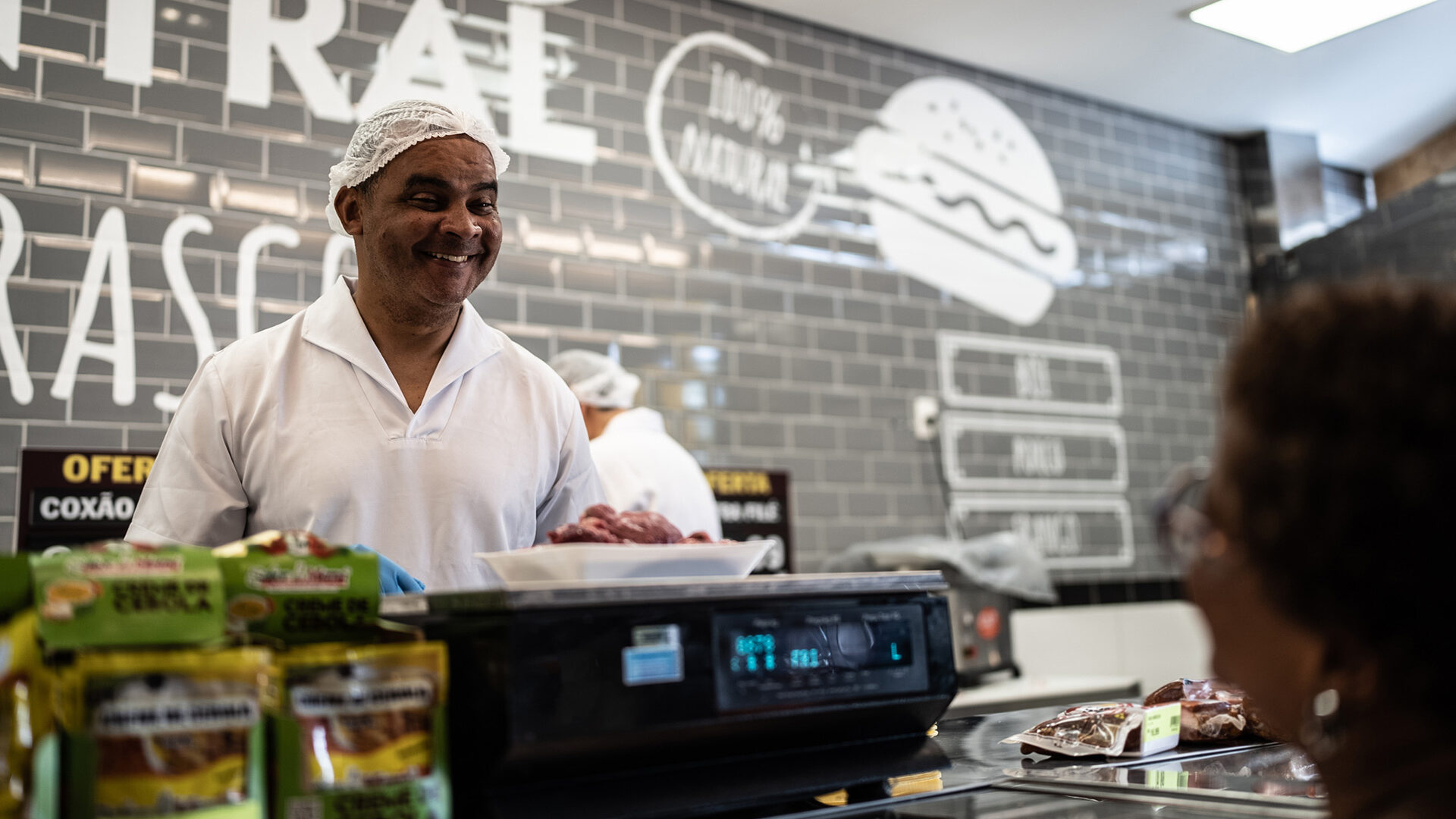3 minute read
Turning the Tables: Taking the Temperature of Your QSR Business

Joaquin Huerta, Senior Consultant
As discussed in my previous blog post, despite the challenges to the hospitality industry, including restaurants, over the last year, some restaurant brands are emerging stronger. These brands are facing the challenges—and opportunities—brought on by the increased demand for contactless experience and heightened awareness on food safety head-on. But despite what is new, the fundamentals are the same: understanding what customers want and delivering with best-in-class strategies to provide the highest customer experience possible will set you apart from the competition.
Customer experience
Sustaining the customer experience on both the inside and outside is a big challenge, and fully understanding the best strategy for your business can be very complex. But, in the QSR restaurant industry, it’s always about a good-tasting meal delivered quickly, including at the drive-thru. So, let’s walk through a QSR example on how a performance review should be performed considering the following metrics:
Convenience. Convenience will always depend directly on the customer experience and satisfaction. It is the value of a good or bad customer experience that will affect how customers make decisions about what brands they would prefer over others. If it wasn’t a good experience, it is not convenient. If a person is looking for a fast and tasty meal, they go around their memories remembering in which restaurants they had the most convenient experience based on their needs/expectations. Now that customers demand a new set of service options, most significantly drive-thru, the off-premises operations must provide the same customer service levels as the dine-in. One way to capture the convenience score at your brand is by providing customer satisfaction surveys.
Speed of service. In the QSR industry, whatever else they demand, customers will always demand speed, but not just “speed of service.” A customer journey analysis provides deeper insight into the end-to-end experience from a customer perspective. The customer journey includes the full investment of time by the customer, including the time before the order is placed. The “Speed of Service” metric does not capture the “Engagement” phase of the customer journey. Does your organization know the time a customer spent doing a queue before the first engagement?

By analyzing the total customer journey time by station, you could easily determine where the bottlenecks or pain points are across your drive-thru operations to later root for new optimization ideas. Besides, the customer journey time can provide insight into the most important reasons for potential revenue losses.
Bad experience = Bad bottom line
Every time that a customer has a bad experience or an expectation that is not satisfied, the potential revenue losses add up—one bad customer experience at a time. There are multiple factors that can worsen the revenue losses across the restaurant:
- Long queues: When the demand is so high and your speed of service is not capable of processing customers fast enough to avoid queues that grow all the way back to the roadway or out of the building, the business is potentially losing sales due to customers not even joining the queue.
- No turning point: Not all revenue losses are from sales not captured. Imagine the customer trapped in a seemingly endless queue after they placed their order or requested the service. Imagine yourself on a drive-thru lane, having already placed your order at the speaker but you cannot leave the queue because the cars in front of you have not received their order. How likely are you to return?
- Order accuracy: When customers get what they are expecting, they would likely come back once and again and again. But when customers get an inaccurate order, that would leave them unsatisfied. This might cause more costs to the restaurant—the inaccurate order that is wasted and by replacing it with the correct items.
Therefore, it is of high relevance that as you check the temperature of your business in each of the previously mentioned categories, you also take a deep look into your labor optimization opportunities. Labor optimization isn’t just having a solid system for employees to see their schedules, request time off, or request changes on their schedule. Labor optimization is first and foremost about labor efficiency: having the right people at the right time at the right place to achieve the desired service level. Below is a high-level view of the steps to boost your labor optimization.
Optimized labor = Service levels achieved = Increased sales
- Utilization: Do you know how much of the shift time was used on customer-facing tasks? Categorizing and analyzing the individual station performance will provide a deep insight of the productive and non-productive time of your employees.
- Labor deployment plan: Knowing and revaluating the skills and effort requirements for each station of the process can lead to understanding of the right labor deployment strategy.
Once you have a clear vision of your labor optimization opportunities, the next step is to have a reliable labor forecast to guarantee enough staff at the right time, and at the right place. In my next post, I will provide more details of what the main considerations are to keep in mind as you look into the labor optimization.



